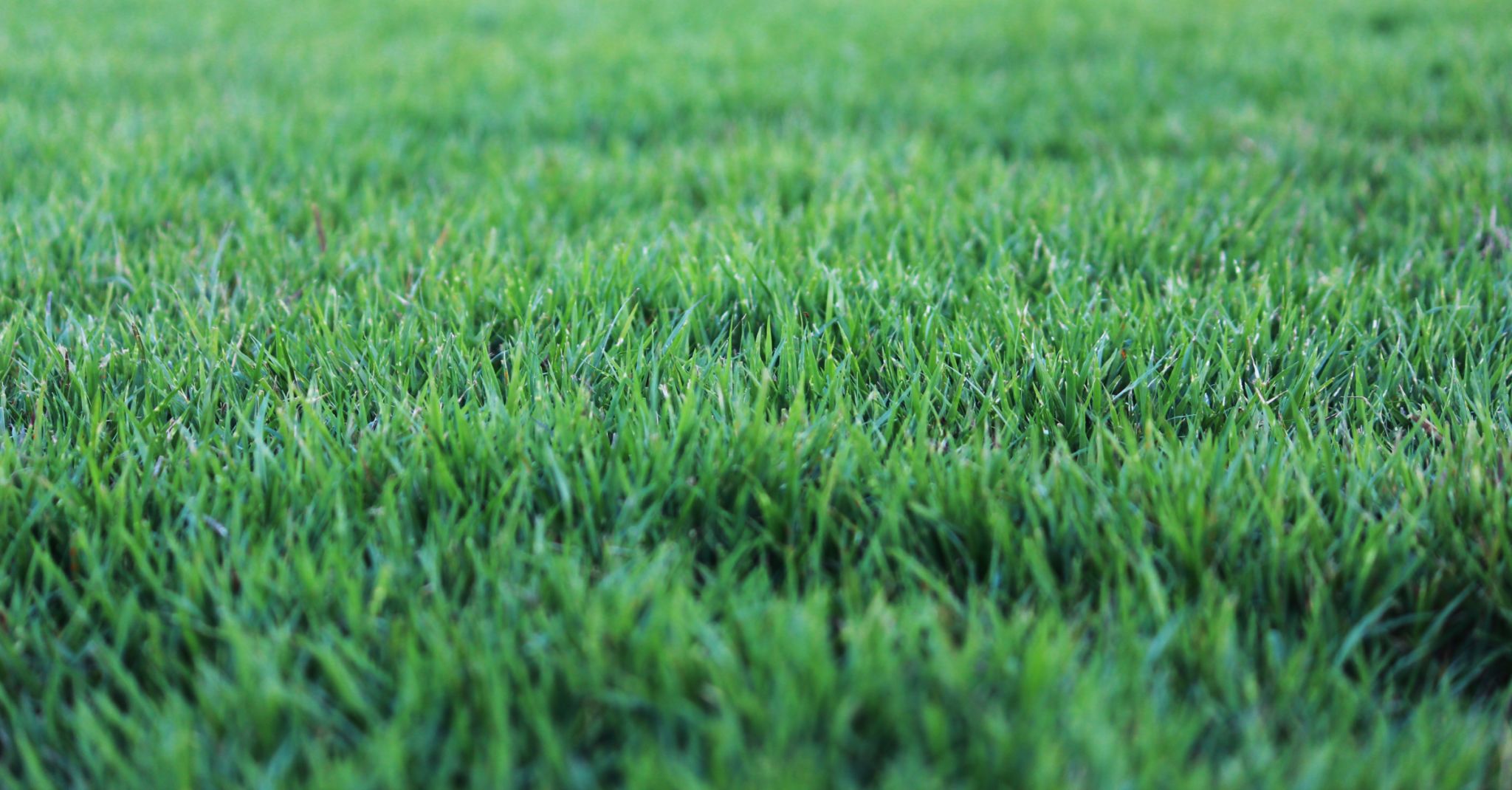The Ultimate Guide to Landscape Maintenance for a Lush Garden
Understanding Your Garden's Needs
Every garden is unique, with its own set of requirements that ensure it flourishes throughout the year. Understanding these specific needs is crucial for successful maintenance. Consider factors such as soil type, climate, and plant species when planning your garden care routine. By tailoring your approach, you'll be able to nurture a lush, thriving garden space.

Essential Tools for Landscape Maintenance
Having the right tools at your disposal can make all the difference in maintaining your garden efficiently. Some basic tools every gardener should have include:
- Pruning shears for trimming overgrown branches and leaves.
- A sturdy rake to clear fallen leaves and debris.
- A garden hose or watering can for proper irrigation.
- Gloves to protect your hands while working with soil and plants.
Investing in quality tools will not only make your tasks easier but also enhance the overall health of your garden.
Watering Practices for Optimal Growth
Watering is a critical aspect of landscape maintenance that can greatly affect the health of your garden. To ensure your plants receive adequate moisture, consider the following tips:
- Water early in the morning or late in the afternoon to minimize evaporation.
- Adjust your watering schedule according to the season and rainfall levels.
- Use mulch to retain soil moisture and reduce frequency of watering.
Remember, overwatering can be as detrimental as underwatering, so be mindful of your plants' needs.

Pruning and Trimming Techniques
Regular pruning and trimming are essential for maintaining plant health and promoting new growth. This practice helps to remove dead or diseased branches, allowing sunlight and air to reach the inner parts of the plant. When pruning, use sharp tools to make clean cuts, and be sure to follow the natural shape of the plant to maintain its aesthetic appeal.
The Importance of Timing
The timing of pruning can significantly impact plant growth. For flowering plants, it's best to prune right after blooming. For other plants, late winter or early spring is generally an ideal time. Understanding the specific needs of each plant species will help you plan an effective pruning schedule.

Fertilization for a Thriving Garden
Fertilization provides essential nutrients that support plant growth and soil health. Choose a fertilizer that suits your garden's needs, whether it's organic compost or a commercial product. Apply it during the growing season, usually in early spring, and follow the recommended guidelines for each type of plant.
Types of Fertilizers
There are various types of fertilizers available, including:
- Organic fertilizers: Derived from natural sources, these improve soil structure and fertility over time.
- Chemical fertilizers: These provide immediate nutrient availability but may require careful application to avoid overuse.
Pest and Disease Management
Pests and diseases can wreak havoc on a garden if not managed properly. Regularly inspect your plants for signs of infestation or disease, such as discolored leaves or unusual growths. Implement natural pest control methods like introducing beneficial insects or using homemade sprays to minimize chemical use.

By following these comprehensive landscape maintenance tips, you can create a lush and vibrant garden that serves as a beautiful retreat all year round. Remember, consistency is key, and with a little effort and attention to detail, your garden will thrive under your care.